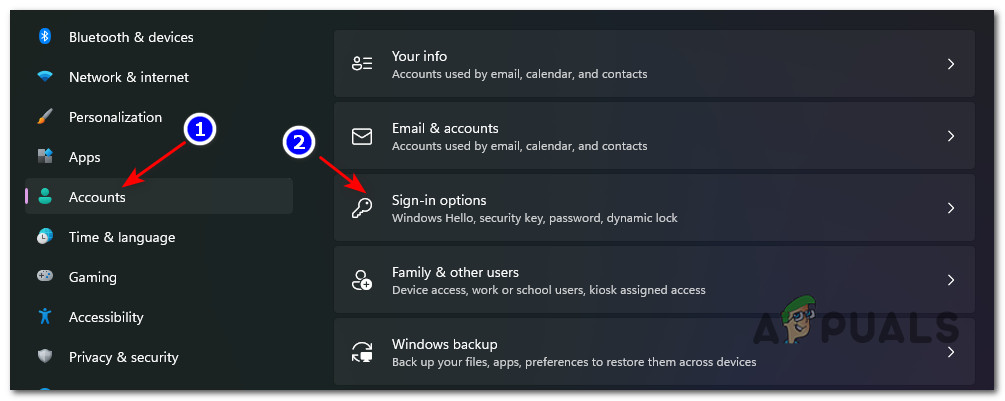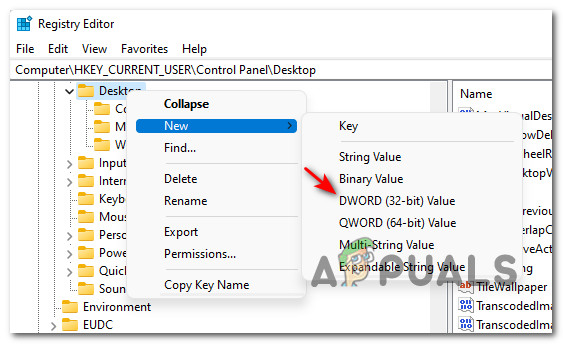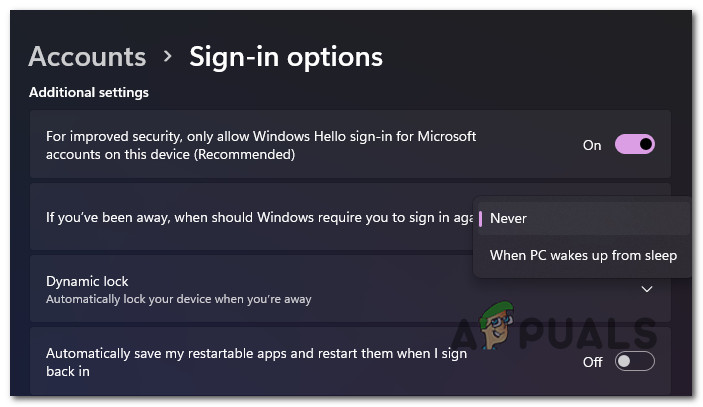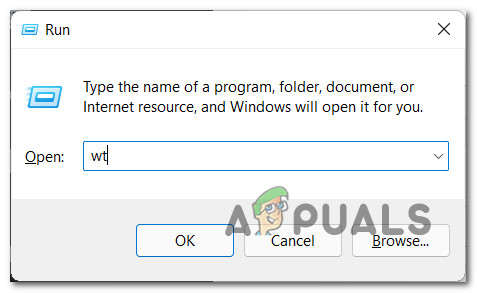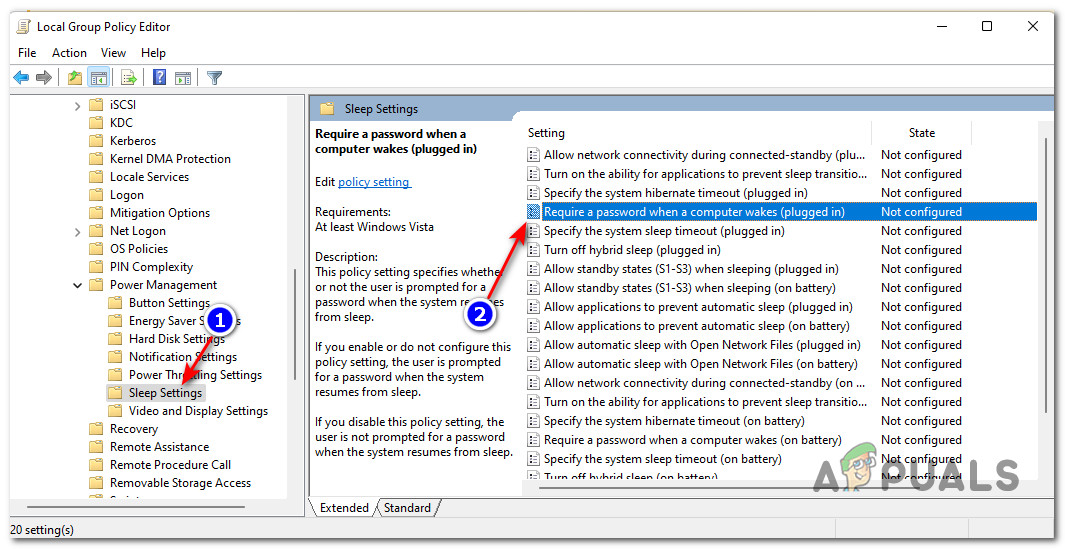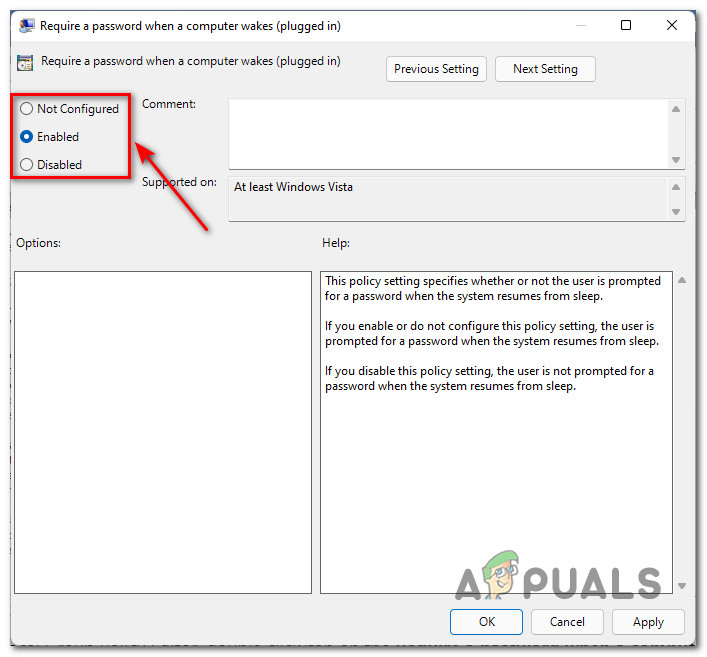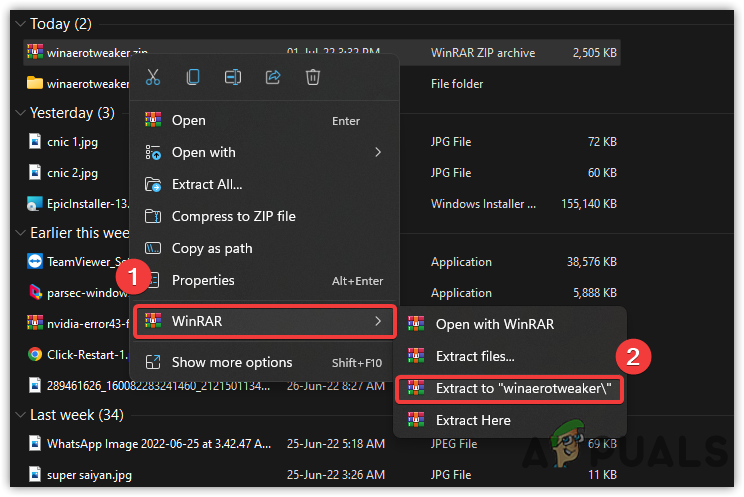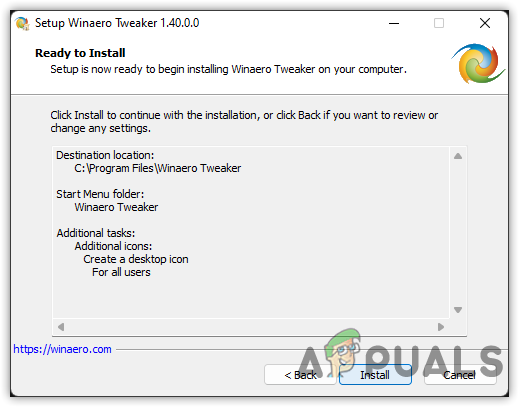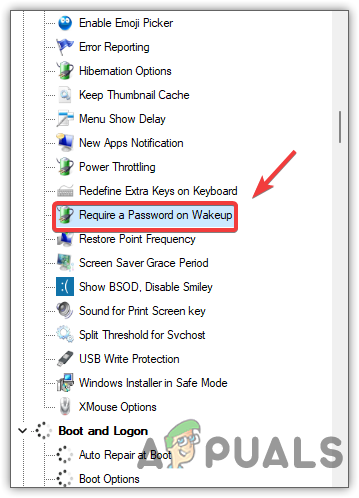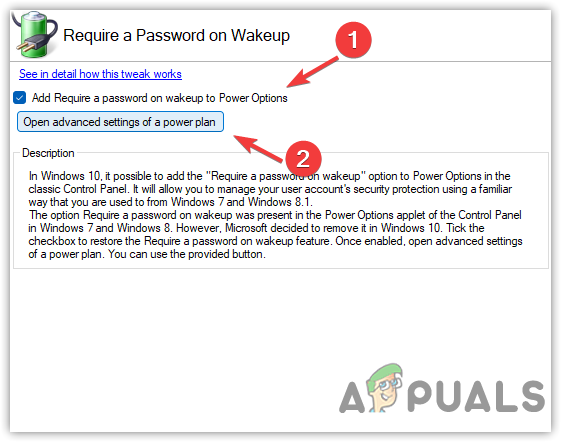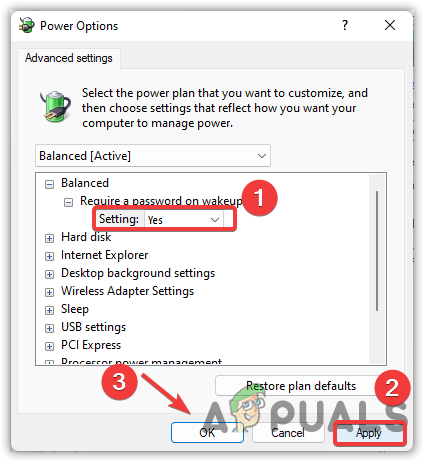Keep in mind that sign-in on wakeup makes a lot of sense if you use your computer in public places or in a shared office. This security system ensures that someone else is prevented from accessing sensitive information on your computer while it’s ‘sleeping’. But if you are the only person to use this particular Windows 11 PC and it never leaves your home, it makes sense to disable this behavior and get rid of any sign-in requirements for sleep. And fortunately, there are various ways that will allow you to do this, whether you like to do this from a terminal or from the GUI on Windows 11. We’ve made a list of methods that you can use to disable or enable ‘Require Sign-in on Wakeup’ on Windows 11. We will go over how to change this behavior for Sleep, Hibernation, or Modern Standby and we’re going to show you how to do it from the Settings menu, by using Registry Editor, or by using the Local Group Policy Editor. Here are all the different ways that you can use to disable or enable Require Sign-in on Wakeup on Windows 11: Follow the guide applicable to your preferred approach when tweaking your Windows system.
Turn ON or OFF Require sign-in on Wakeup from Modern Standby on Windows 11 (via Settings)
If your PC supports Modern Standby, this is hands down the easiest and most efficient way of disabling the required sign-in on wakeup behavior on Windows 11. Note: Modern Standby is an explanation of the Connected Standby mode introduced in previous Windows versions. Among other things, it allows your computer to stay up to date and receive updates when it has a network connection available. You can simply access the Sign-in Options menu from the Settings app and adjust the Required Sign-in during the Wake-up slider. Here’s what you need to do: Important: You won’t be able to follow the instruction below if your PC doesn’t support Modern Standby. In this case, move down to Method 3 (Turn ON or OFF Require sign-in on Wakeup from Sleep or Hibernation on Windows 11)
Turn ON or OFF Require sign-in on Wakeup from Modern Standby on Windows 11 (via Registry Editor)
If you like enforcing changes from the Registry Editor, this method will scratch that itch. In order to disable or enable the ‘require sign-in on wakeup’ feature, you’ll need to use the Registry Editor to navigate to HKEY_CURRENT_USER\Control Panel\Desktop and create a new DWORD called DelayLockInterval and assign the appropriate value depending on what you’re looking to achieve. Here’s how to disable or enable require-sign in on wakeup for modern standby using the Registry Editor:
Turn ON or OFF Require sign-in on Wakeup from Sleep or Hibernation on Windows 11 (via Settings)
If your current PC configuration does NOT support Modern Standby, there’s also an easy way of adjusting the required sign-in on wakeup behavior for the classic Sleep or Hibernation modes. Note: This option will ONLY be available if the computer where you installed Windows 11 does NOT support Modern Standby. Additionally, the changes you make below will only affect the active power plan (for all users). Follow the instructions below to enable or disable require sign-in on wakeup for Sleep and Hibernation using the Settings menu of Windows 11:
Turn ON or OFF Require sign-in on Wakeup from Sleep or Hibernation on Windows 11 (via Windows Terminal)
If you’re a terminal kind of guy, we’ve got you covered. You can also modify the required sign-in on wakeup behavior by opening up an elevated Windows Terminal window and running a series of commands (depending on if you want to disable or enabler this feature). Note: Keep in mind that you will have to slightly adjust the command depending on your current power plan. Here’s how to turn off or on require sign-in on wakeup from sleep or hibernation using the Windows Terminal:
Turn ON or OFF Require sign-in on Wakeup from Sleep or Hibernation on Windows 11 (via Local Group Policy Editor)
If you have access to the Local Group Policy Editor and you manage multiple computers on this network, following this method will probably save you the most amount of time. If you’re on Windows 11 Home, you will not have this utility installed. The Local Group Policy Editor is only available on Windows 11 PRO, Windows 11 Enterprise, and Windows 11 Education. If you want, you can also install the Local Group Policy utility on the Home version of Windows 11. Note: If you enforce this method after following Method 3 or Method 4, the following steps will override the behavior you previously established. However, this method has no effect on Method 1 and Method 2. Here’s how to use the Local Group Policy Editor to turn on or off the require sign-in on wakeup on Windows 11:
Disable Require Sign-in on Wakeup Using Winaero Tweaker
If none of these methods worked, try disabling Require Sign-in using Winaero Tweaker, an application that allows users to modify advanced settings in just one click. It is mostly used for disabling irrelevant background processes, which consumes high memory usage and makes the computer slower. Below are the steps to disable require sign-in on wakeup: –
How to Enable or Disable Require PIN for pairing when projecting to this PC in…How to Enable or Disable Windows 10 Secure Sign-InApex Legends on Steam Won’t Require Origin, Respawn Developer ConfirmsRumor: Apple Scraped $49 Apple Pencil That Wouldn’t Require An Adapter on the…

